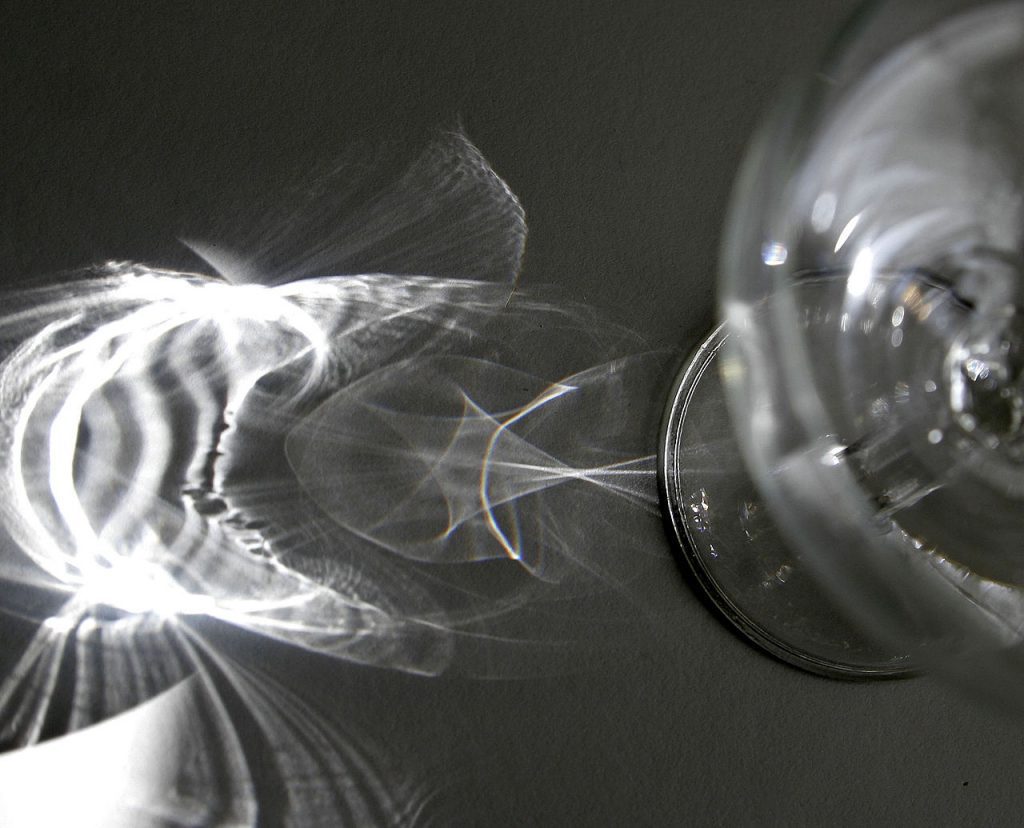Multifocal wavefronts with prescribed caustics in axially symmetric optical systems

New theoretical study to design multifocal lenses
Since then, the successive scientific-technological advances in this field have allowed the current designs of multifocal lenses.
These multifocal lenses provide distributions of light that are not concentrated around a single point (monofocality), but around certain places or over a large region.
Multifocal and/or extended depth of focus optical beams and designs are on the rise in optics thanks to the development of techniques that allow the control of light beams (for example, thanks to spatial light modulators), controlling the shape what is called a wave front.
The diversity of applications of these technologies is high, they not only serve as ophthalmic corrections for presbyopia but also have application in data storage, microscopy, computational photography, optical micromanipulation (optical tweezers) or non-diffractive beams in atomic and non linear optics.
But what is a wavefront?
A wave front is defined as the locus that unites all the points that, at a given instant, are in the same state of vibration, that is, they have the same phase.
On the water surface successive wave fronts form concentric circles.

The design of the wavefront consists of, first, looking for the one that, when emerging from the optical system, provides the desired multifocal and/or extended depth of focus properties.
This can be done through theoretical and computational simulations, experiments, or both.
Once the optimal wavefront has been found, the next step is to design a lens or optical system that will receive an incoming wavefront and exit that optimal wavefront.
What are the caustic surfaces of a wavefront?
These concentrations of light, especially sunlight, can burn. The word caustic comes from the Greek καυστός, to burn, via the Latin, causticus, burning. A common situation where caustics can be observed is when light shines through a drinking glass. The glass casts a shadow, but it also produces a curved region of bright light.

The general objective of this work is to offer a theoretical framework to predict the existence or not of wavefronts with prescribed multifocal properties. Additionally, the fundamentals of a methodology to design multifocal solutions given some caustic constraints have been described.
Related News
The project “Harnessing Vision Science to Overcome the Critical Limitations of Artificial Neural Networks” has been one of the 5 projects selected in the Fundamentals Program of the BBVA Foundation
Madrid / February 19, 2024The call for the Fundamentals Program of the BBVA Foundation has been resolved with the granting of aid of 600,000 euros...
Rise and decline of spanish optical instrument technology: the telescope of the daza de valdés optics institute (1940-1970)
Madrid / January 12, 2024A recent study published in the journal "Asclepio: Revista de Historia de la Medicina y de la Ciencia" analyzes the rise...
Using Decoupled Features for Photorealistic Style Transfer
Madrid / October 10, 2023A team of researchers from York University of Toronto and the Institute of CSIC Optics has developed a new automatic...





